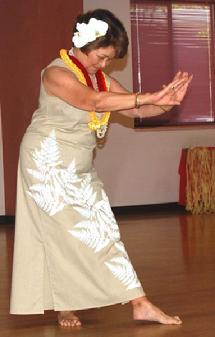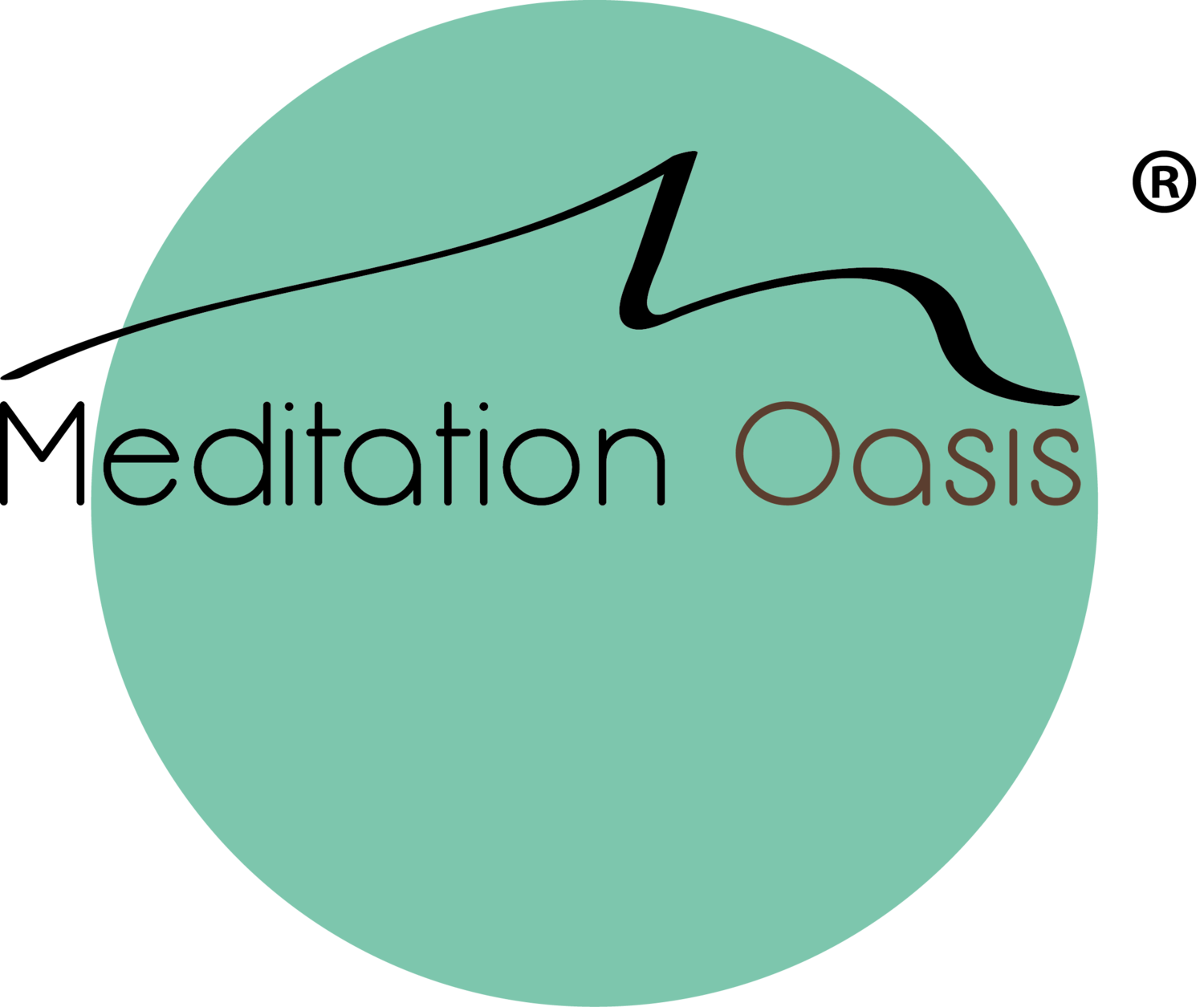 Sometimes I am mesmerized by my hula teacher's hands. They move with such grace and fluidity, offering no resistance to the aloha spirit that moves through them. Although I relaxed early on into the body movements of hula, I've had a challenge with my hands. Despite repeated reminders that the hands should move from the wrist, my hands would seemingly stiffen up and refuse to follow. I felt so awkward, not to mention frustrated!
At yesterday's lesson, my teacher danced very close to me, demonstrating with her hands as I watched in awe. I wondered how anyone's hands could move so beautifully and effortlessly. I hoped that maybe, just maybe, I would catch on through "osmosis" as she danced close to me. At one point, she held my wrist and moved my hand for me. I started to feel the right movement. My hands cooperated for a while, only to get quickly "blocked" again.
Sometimes I am mesmerized by my hula teacher's hands. They move with such grace and fluidity, offering no resistance to the aloha spirit that moves through them. Although I relaxed early on into the body movements of hula, I've had a challenge with my hands. Despite repeated reminders that the hands should move from the wrist, my hands would seemingly stiffen up and refuse to follow. I felt so awkward, not to mention frustrated!
At yesterday's lesson, my teacher danced very close to me, demonstrating with her hands as I watched in awe. I wondered how anyone's hands could move so beautifully and effortlessly. I hoped that maybe, just maybe, I would catch on through "osmosis" as she danced close to me. At one point, she held my wrist and moved my hand for me. I started to feel the right movement. My hands cooperated for a while, only to get quickly "blocked" again.
Once back home from the class, I started to practice in front of a mirror. I did an exercise of slowing waving my arms up and down at my sides, allowing my hands to follow the movement of my wrists. I then placed my arms in position for the basic kahalo step. Suddenly something clicked - a split second before I started to move, an "aha" happened in my brain. The right synapses must have started to fire, because I saw my hands in the mirror undulating like waves, effortlessly, as I started to dance! It was like a frozen river that unfroze and started to flow.
It felt so easy and natural for my hands to move that way. What on earth was stopping them before? As I tuned into the feeling of inhibition that had been in my hands, I remembered how my mother had always tried to get me to stop moving my hands. I am by nature a very expressive person. When I hear music, I can't sit still. My mom found that trait charming when I was a baby bouncing up and down in my crib singing "hubba hubba hubba" to the music, but later she felt she needed to teach me restraint. What particularly worried her was my tendency to gesture with my hands while talking. I would be enthusiastically describing something, hands moving all around, and she'd say "Mary, stop that, stop moving your hands!" She had explained that a refined, lady-like person doesn't do that. (Heaven forbid I should grow up to be unladylike!) This irked me no end, but I somehow took her words to heart. Although I was never able to stop moving my hands entirely, they had been quite well "tamed".
By now the origin of my hula hands block must be obvious. Allowing my hands to move so freely wasn't something I could easily do. It involves a kind of letting go. It's a lot like the letting go of meditation. In meditation, we let go of resistance to what comes naturally. We learn to let go of resistance to the natural movement of the mind. In hula, it's about the natural movement of the body. The traditional hula hand movements are natural and flowing, like the nature they depict.
My teacher has mastered hula with her whole being. Although she may give instructions, her most powerful teaching is from embodying hula. When my teacher danced right next to me, I absorbed something at a deep intuitive level about how she moved. It was as if the "aloha spirit" was being transferred from her to me.
I found a beautiful discussion of the "aloha spirit" at the Cyber Shaman's website:
"The Aloha Spirit is a well known reference to the attitude of friendly acceptance for which the Hawaiian Islands are so famous. However, it also refers to a powerful way to resolve any problem, accomplish any goal, and also to achieve any state of mind or body that you desire."
"In the Hawaiian language, aloha stands for much more than hello or goodbye or love. Its deeper meaning is the joyful (oha) sharing (alo) of life energy (ha) in the present (alo)"
I tell this story in honor of the aloha spirit, and my teacher, Betty Ann. For me, it is a story of healing, and it's healing for me to share it with you. May all of us experience "the joyful sharing of life energy in the present".
Aloha!

